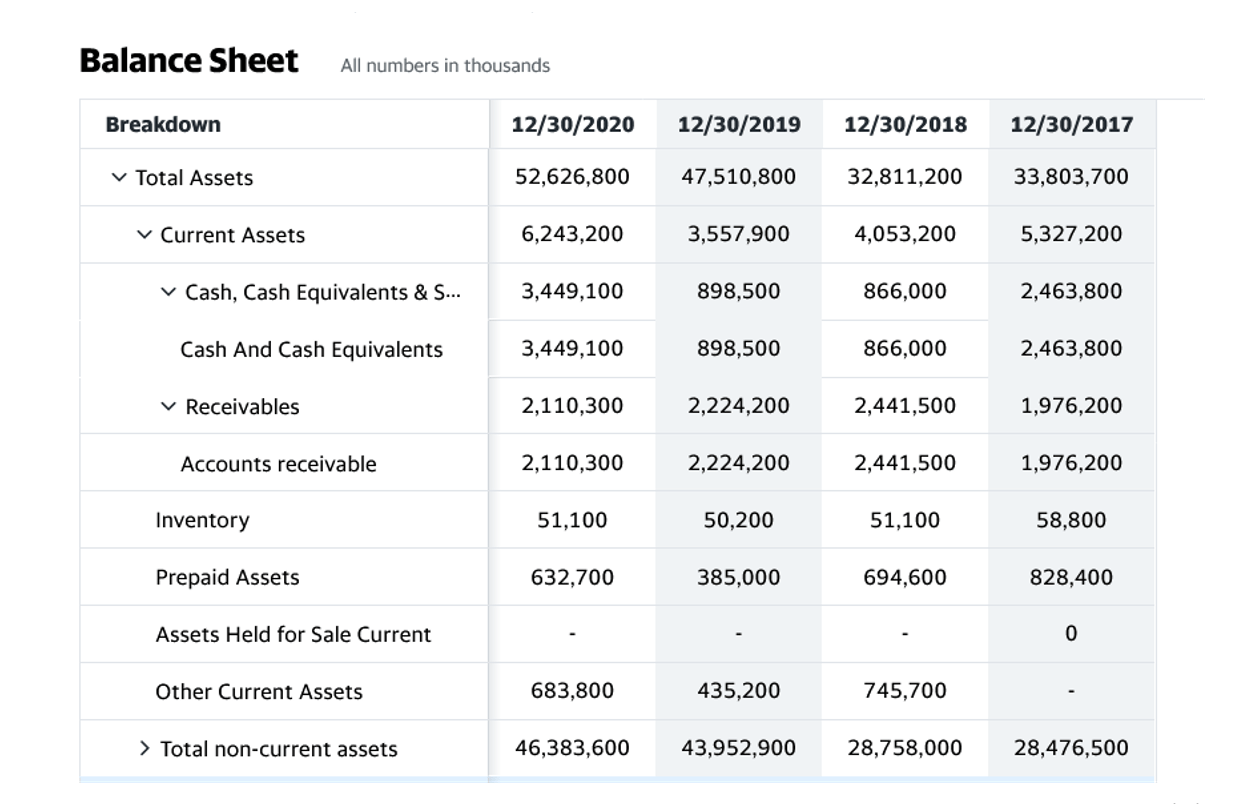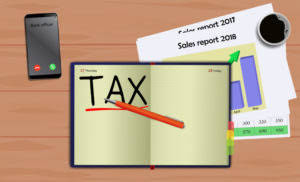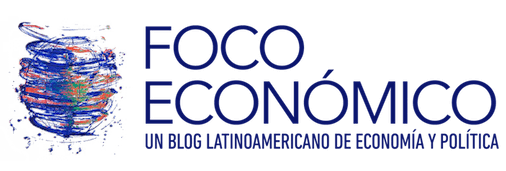
Swelling stockpiles of data, advanced analytics, and intelligent algorithms are providing organizations with powerful new inputs and methods for making all manner of decisions. Corporate leaders also are much more aware today than they were 20 years ago of the cognitive biases—anchoring, loss aversion, confirmation bias, and many more—that undermine decision making without our knowing it. Some have already created formal processes—checklists, devil’s advocates, competing analytic teams, and the like—to shake up the debate and create healthier decision-making dynamics.
Company Culture
These tools aggregate and analyze large datasets, helping leaders uncover trends, forecast outcomes, and make data-driven decisions. For instance, a strategic executive might utilize a BI tool to analyze market trends and customer behaviors, thereby making informed decisions about product development or market expansion. These software solutions offer visual dashboards, predictive analytics, and real-time reporting, ensuring leaders have the actionable insights necessary for strategic planning. Choosing the right decision making model based on the specific situation helps stakeholders to be clear, objective, and aligned with organizational goals. Continuously evaluating and adapting these models enables individuals and teams to improve their decision-making skills over time, leading to better outcomes and sustainable success. Using a variety of decision-making models empowers leaders to navigate complexities, seize opportunities, and effectively manage risks in today’s dynamic environments.
Decision Matrix

The frameworks and tools at the disposal of today’s decision-makers are evolving, leading to a significant transformation in the approach to both day-to-day and long-term strategic planning. Tools for data analytics transform vast amounts of data into actionable insights, facilitating more informed and accurate decisions. They are especially useful in breaking down complex scenarios, simplifying the analysis by illustrating each branching choice. This technique allows decision-makers to weigh https://www.bookstime.com/ possible actions against one another, predicting outcomes based on a series of choices. When introducing a decision-making framework, it’s essential to execute it in synchronization with the company’s objectives and operational reality. Below, the key components are delineated to optimize and integrate the framework within an organization’s fabric.

Choose among the alternatives

By applying a variety of models such as the rational, bounded rationality, intuitive, and others, decision makers can analyze situations, decision making framework manage risks, and capitalize on opportunities more effectively. Popularized by social psychologist Kurt Lewin, the Force-Field Analysis framework examines the driving and restraining forces affecting a decision or desired change. It aids in visualizing and evaluating the forces influencing a situation and facilitates the development of strategies to strengthen the driving forces or mitigate the restraining forces. This framework is beneficial in change management, strategic planning, and any context where understanding the dynamics of influence is critical to making informed decisions.

A decision-making model works by walking you through the decision-making process — and there are several such models available for Accounting Periods and Methods you to choose from. Join over thousands of organizations that use Creately to brainstorm, plan, analyze, and execute their projects successfully. To use the Impact vs Effort Matrix, list all the tasks or projects under consideration. Evaluate and score each task based on its potential impact and the effort required. Plot these tasks on a two-dimensional grid with “Impact” on the vertical axis and “Effort” on the horizontal axis.
- Developed by Dwight D. Eisenhower, the 34th President of the United States, it categorizes tasks into four quadrants to assist in managing time and priorities effectively.
- Further, each decision category should be assigned its own practice—stimulating debate, for example, or empowering employees—to yield improvements in effectiveness.
- On analyzing the above demand matrix and pros and cons tables, the most suitable alternative is option C due to the highest overall score and based on favorability considering all the factors.
- If it was a perfect report card, then it’s just a matter of documenting what works and ensuring others understand how they can use it themselves when the next big decision needs to be made.
- This tool is especially valuable in strategic planning and problem-solving, where the interplay between micro and macro perspectives is significant.














